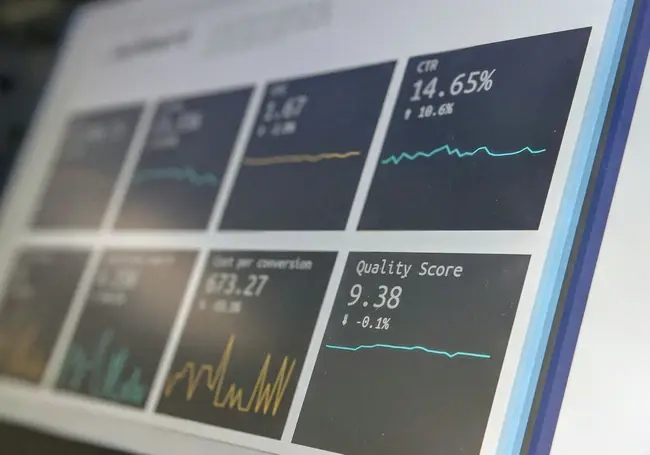
The Supply Chain Attack Explosion
The numbers are honestly terrifying. Sonatype's 2023 research shows supply chain attacks grew by 742% over three years. That's not a typo—742%.
These aren't script kiddies messing around. We're talking about sophisticated attackers who understand that compromising one CI/CD pipeline can give them access to dozens of production systems. Why break into individual servers when you can compromise the pipeline that deploys to all of them?
The SolarWinds hack proved this strategy works. CircleCI's breach in 2023 showed that even security-focused companies aren't immune. When your build system gets compromised, you're essentially handing over the keys to your entire infrastructure.
Why CI/CD Pipelines Are Goldmines for Hackers
Think about what your typical CI/CD pipeline can access:
Source code repositories with all your IP
Production deployment credentials
Database connection strings
API keys for third-party services
Docker registries with your container images
It's like a master key that opens every door in your organization. And traditionally, we've protected these systems with... username and password authentication. Sometimes not even that.
I've seen pipelines with hardcoded AWS keys, database passwords in plain text, and build agents that have been running the same image for two years without updates. It's a nightmare.
What Zero Trust Actually Means for CI/CD
Zero Trust isn't just another security buzzword—it's a complete mindset shift. Instead of assuming your internal network is safe, you assume everything is compromised until proven otherwise.
For CI/CD, this means several key principles:
Least Privilege Everything. Your build agents get exactly the permissions they need for their specific job. Nothing more. I use Open Policy Agent (OPA) to enforce this—it's like having a security guard at every step of your pipeline.
Verify Every Artifact. Every piece of code, every dependency, every container image gets cryptographically signed and verified. The SLSA framework gives you a roadmap for this. Sigstore provides the tools to make it happen.
Dynamic Identity, Not Static Secrets. No more hardcoded passwords or API keys. Technologies like SPIFFE/SPIRE and HashiCorp Vault generate short-lived credentials that expire quickly. Even if someone steals them, they're useless within hours.
Ephemeral Build Environments. Instead of long-running build servers that accumulate cruft and vulnerabilities, you spin up fresh containers or serverless functions for each build. GitHub Actions does this well—every job runs in a clean environment.
Audit Everything. Every action in your pipeline generates logs that can't be tampered with. Tools like Falco and Datadog help you monitor for suspicious activity.
Tools That Actually Work
The tooling landscape has matured significantly over the past few years. Here's what I'm seeing work in practice:
GitGuardian catches secrets before they make it into your repositories. I've seen it prevent major breaches by detecting API keys in pull requests.
Cosign and the broader Sigstore ecosystem make container signing practical. It's not just for paranoid security teams anymore—it's becoming standard practice.
ArgoCD with OPA Gatekeeper enforces deployment policies on Kubernetes. You can prevent deployments that don't meet security standards without slowing down developers.
CIEM solutions help manage the explosion of service accounts and permissions in modern CI/CD environments. They're particularly useful in multi-cloud setups.
Real Companies, Real Results
Google's been doing this internally for years with their SLSA approach. They've open-sourced their learnings, and other companies are following suit.
Netflix wrote about their journey implementing Zero Trust across their multi-cloud CI/CD infrastructure. They use Spinnaker with OPA for policy enforcement, and they've maintained developer velocity while dramatically improving security.
Shopify moved from persistent CI runners to ephemeral build environments. They eliminated cross-contamination between builds and reduced their attack surface significantly.
The Cultural Challenge
Here's what nobody talks about—implementing Zero Trust CI/CD is as much a cultural challenge as a technical one. Developers are used to having broad permissions and trusting their tools. Security teams are used to saying "no" instead of "how can we make this secure?"
You need to change both mindsets. Security becomes everyone's responsibility, not just the security team's problem. This requires training, better tooling, and organizational commitment from the top.
Getting Started
Don't try to boil the ocean. Start with your most critical pipelines—the ones that deploy to production. Implement basic controls first:
Scan for secrets in your code
Sign your container images
Use dynamic credentials instead of static secrets
Implement basic access controls
Then gradually expand to more sophisticated controls as your team gets comfortable.
The Stakes Keep Rising
We're not just talking about data breaches anymore. A compromised CI/CD pipeline can take down your entire business. In regulated industries, it can mean compliance violations and massive fines.
The attacks are getting more sophisticated, and the traditional security models simply can't keep up. Zero Trust isn't optional anymore—it's survival.
My Take
I've watched too many organizations learn about CI/CD security the hard way. The companies that figure this out early will have a massive advantage. Those that don't... well, they'll make good case studies for the rest of us.
Zero Trust CI/CD isn't just about implementing tools—it's about fundamentally rethinking how we approach software delivery in an adversarial environment. Every input is suspect, every action requires verification, and every access is conditional.
The future belongs to organizations that can move fast while staying secure. Zero Trust CI/CD is how you get there.
Planning to implement Zero Trust in your CI/CD pipelines? Start with a security assessment of your current setup, identify your highest-risk pipelines, and begin with basic controls. The journey takes time, but the alternative is much worse.


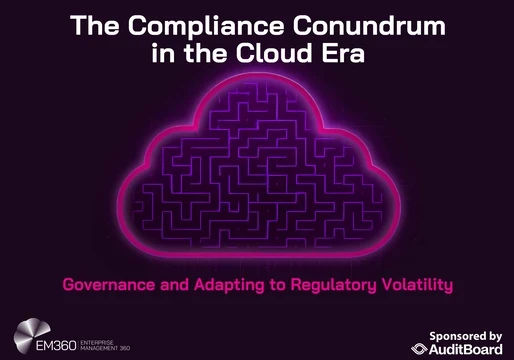

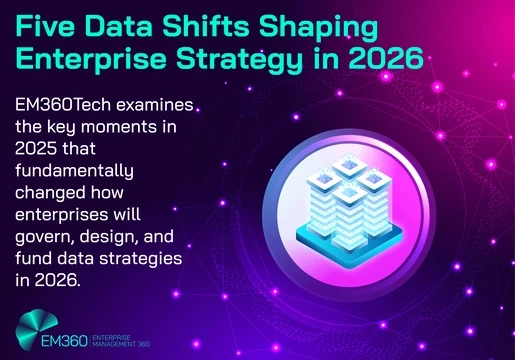
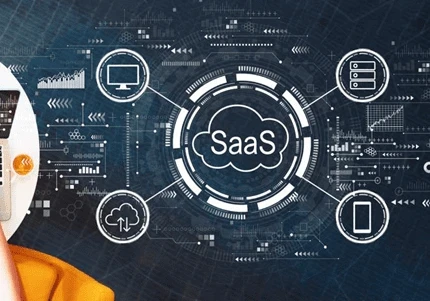
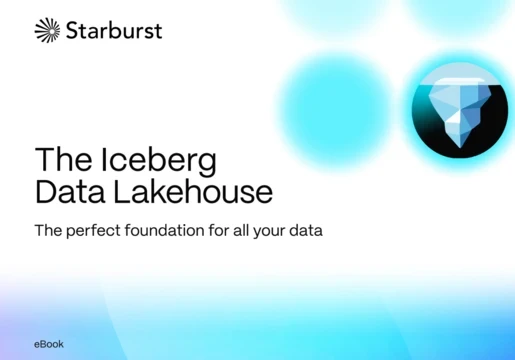
Comments ( 0 )